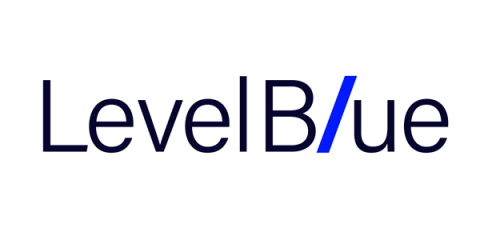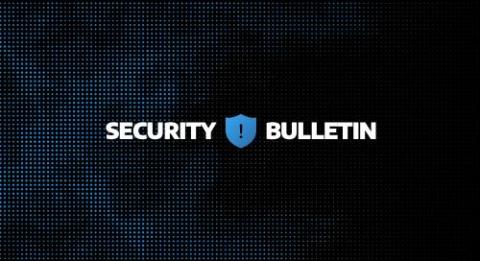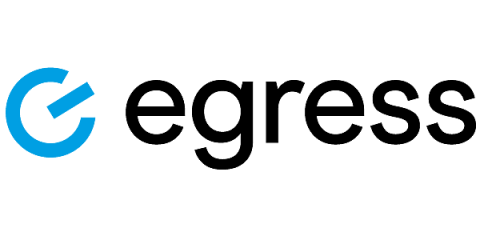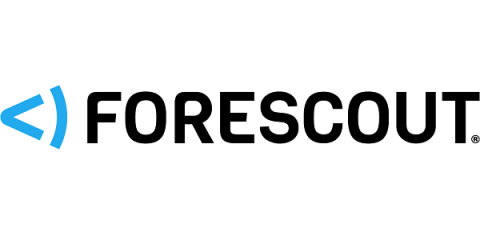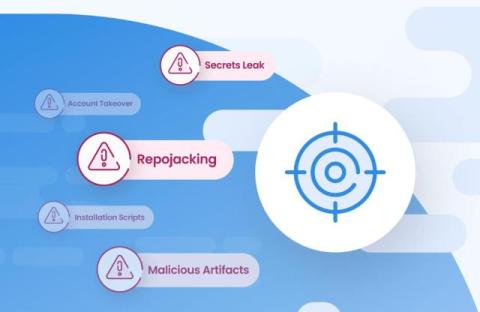Transitioning from On-Premise Storage to AWS Cloud: A Strategic Guide for Companies
The content of this post is solely the responsibility of the author. LevelBlue does not adopt or endorse any of the views, positions, or information provided by the author in this article.


